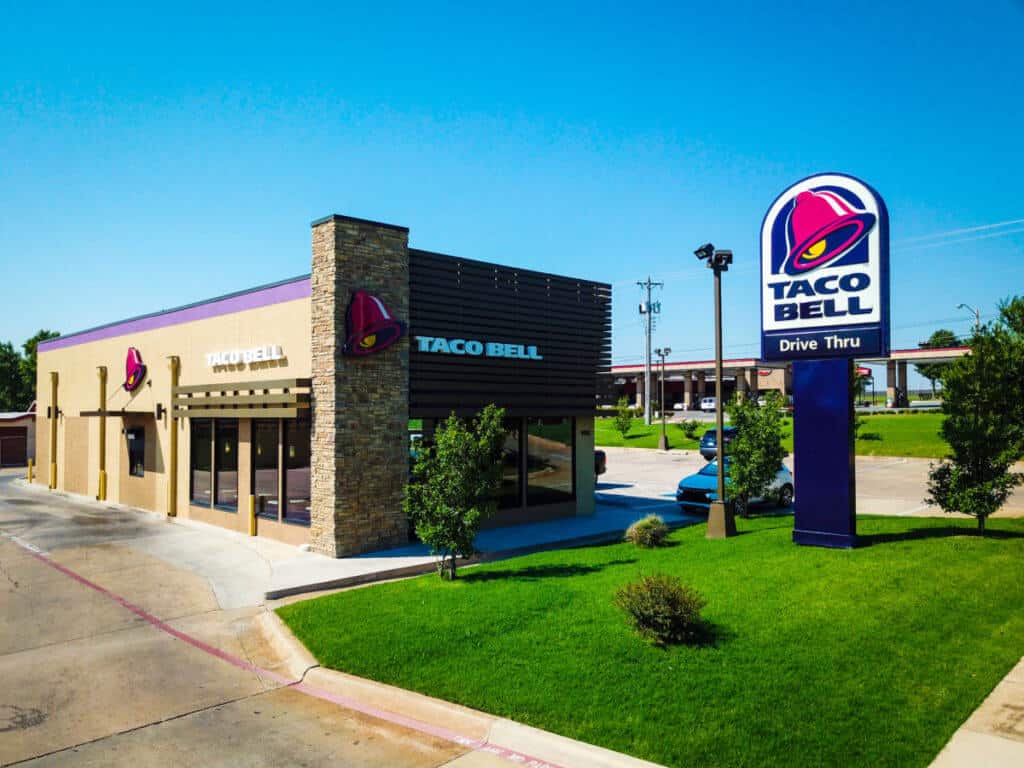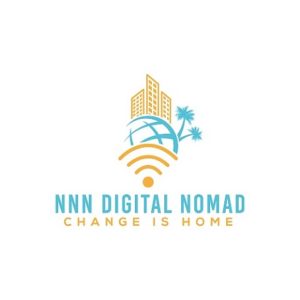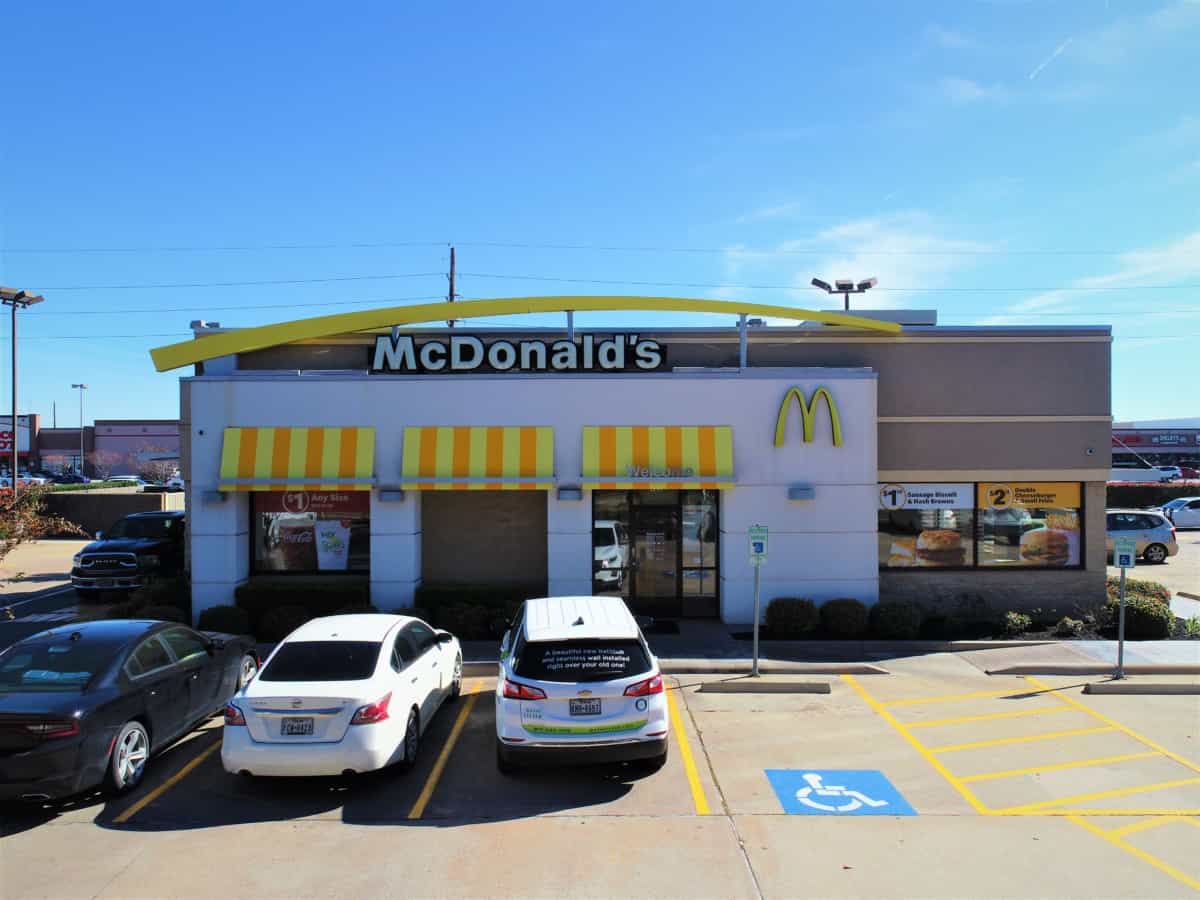It’s essential to understand various forms of ownership and how they affect your financial situation before investing. Most people seem familiar with the most common form of taking real estate title, which is fee simple ownership. However, it’s worth noting that there are other forms of ownership such as leasehold ownership and ground lease ownership.
The three types of land ownership are very different from each other from a value perspective. Therefore, it is necessary to understand each of them in-depth, especially if you wish to become a real estate investor. Here are some basics to help you understand the pros and cons between the three.
Fee Simple Ownership
Mainly it’s the most common form of ownership whereby buyers gain full possession of the property after purchase. It gives you total dominance over the buildings on the property, ponds, roads, and other machinery available. Further, you own right to the minerals under the surface and air above.
Additionally, it gives you the freedom to do whatever you wish with your property. As a legal owner, you can dispose of it when needed and make improvements based on your preferences. You hold the property in perpetuity, and you can sell, lease, trade, or give it away as inheritance upon death.
Nobody can take the real estate form from a fee simple owner aside from few exceptions. With this form of ownership, you won’t have to pay any rents, only some property taxes, and maintenance fees. Thus, most people prefer to purchase property in the fee simple ownership form.
In fee simple ownership, you own the land on the ground along with the building sitting on top of the land. Since you also own the building improvements, you can take advantage of real estate tax depreciation.
Advantages of Fee Simple Ownership
- You have total control over the premises. With no restrictions, you can choose to transfer part or the whole property through sale or will.
- It allows you to access financing easily. You can utilize the possessions as collateral to buy other items, which might seem difficult in different ownership types. Meaning that you can borrow on the property, and more lenders will be willing to offer you financing since your property is easily used as collateral.
- It offers optimal freedom since you can decorate or renovate your property as pleased.
- You also have the liberty to decide when, where, and the cost of maintenance required for your premises.
Disadvantages of Fee Simple Ownership
- All payments associated with the property falls on the hand of the fee simple owner. You may need to pay taxes, mortgage, and maintenance fees.
- It requires a massive initial investment since you are paying for the building improvements/structure.

Leasehold Ownership
In a leasehold, you can enjoy the exclusive use and possession of a property for a specified period. For instance, as a fee simple property owner, you can give another individual the right to occupy your land for a specific time at a price. Please note that although leasehold property may seem less pricey than simple fee properties, you might face some stringent financing requirements with leasehold ownership.
Under leasehold ownership, as a leaseholder, you purchase the building and structures at the specified period, but you have no right over the land beneath (aka you don’t own the dirt/ground below your building). You might own the freedom for improvements on the property, but when the agreed-upon time runs out, the premises returns to the owner.
In leasehold ownership, you own the building/structural improvements above the ground. You do not own the dirt/land below. Since you only own the building improvements above ground, you can take advantage of real estate tax depreciation.
An owner of leasehold property needs to pay the required rent in full to the owner of the land/dirt below. Further, you will only use the premises up to the years indicated in the lease agreement. Additionally, the lease rents may face adjustments, probably every 10 to 15 years. The new rent depends on the current land market value. If it increases over time, then you will inevitably pay more rent.
It’s worth noting that if you transfer the leasehold property to a new user, the individual can only use the premises for the remaining period outlined in the original lease. For instance, buyer A purchases a leasehold property with 50 years remaining on the base lease term. He then decides to sell the interest to buyer B 10 years later. Buyer B’s terms on the premises stand at 40 years remaining on the base term.
Advantages of Leasehold Ownership
- It requires a lower initial investment since you are only paying for the building/structural improvements. The leasehold property costs far less expensive than the fee simple and is thus more affordable since you are not paying for the land/dirt on the ground below.
- You may have the chance to extend or renew your leasehold after the specified base lease term ends with the ground owner.
- If the ground owner wishes to sell the remaining interest on the property, you will buy it based on the remaining lease time of the leasehold and the underlying land value.
- You may enjoy higher levels of tax depreciation (consult your CPA!)
- It’s a flexible option. Instead of owning a property that you may need to sell in the future, businesses can lease the premises to work on region-specific projects and then leave after accomplishing their objectives.
Disadvantages of Leasehold Ownership
- At the end of the lease period, you need to give back the building/structural improvements to the land owner unless you negotiate for an extension.
- You will find lots of difficulty obtaining financing with most lenders.
- With time, the property becomes less valuable. You may, therefore, find it harder to sell or obtain financing.
- Most leasehold interests require regular payments to the landowner while on a fee simple property, you buy it and pay off outright.
- The leasehold property seems a little bit hard to sell out since most buyers prefer fee simple ownership.
- You may face restrictions on the use, maintenance, and alterations in the leased property.
- In case of a surrender clause in the lease, the building, and other improvements may revert to the lessor.
- The leasehold doesn’t feel like real ownership. After all, you will have to let go of the property eventually. All you own is an agreement outlining your right and responsibilities on the premises.
Ground Lease Ownership
Ground Lease ownership is when you own the land (aka the dirt/ground below the building). The tenant (aka lessee) will be responsible for the building and structural improvements above your land.
Explain like I’m five years old (ELI5): Imagine a birthday cake with two layers. The bottom half is the “ground lease” layer. The top half is the “leasehold” layer. All together, the entire cake makes up “fee simple” ownership.
If you only own the bottom, you have a “ground lease.” If you own the top, you have a “leasehold.” If you own the whole thing, you have a “fee simple.”
Advantages of Ground Lease Ownership
- Lower cost to develop or purchase compared to fee simple ownership.
- Lower rent and taxes which are beneficial for both landlord and tenant.
- The land owner will receive building at the end of the lease term without paying for the construction or original build.
Disadvantages of Ground Lease Ownership
- Since you do not own the building structure or improvements, you cannot take advantage of real estate tax depreciation.
- Ground lease Cap Rates are typically lower then fee simple NNN or NN yields since they are perceived with even less risk.
- Since the tenant is paying for the structural and building improvements, the land owner has no control of over the improvements.
Things to Consider Before Choosing Fee Simple, Leasehold, or Ground Lease Ownership
Now that you know the three main types of land ownership for commercial real estate investors, you need to keep several considerations in mind. Make sure to review the time left on the lease agreement, and the required amount of rent payable to the lessor. Also, confirm the leased fee interest and the terms of reversion outlined.
Further, you may want to determine whether there is a provision to extend the lease term or resell it. Remember to check the lease rent renegotiation dates and other fixed periods to help make an informed choice.
Choosing Between Fee Simple, Leasehold and Ground Lease Ownership
The decision to go for either of these land ownership types depends on personal preferences and the premises’ purpose. The main difference between the three is that you need to pay rent to the original owner in leasehold interest. In contrast, you own the premises for fee simple and ground lease properties, and you may enjoy some income if you choose to rent it out.
To make the right choices, please determine how much time you plan to use the property. The fee simple ownership works best for individuals who seek permanent ownership and full property control. Also, it’s an excellent alternative if you wish to enjoy full ownership rights with minimal restrictions. Besides, you may consider this form of ownership if you want to leave property to your heirs, or use it as collateral for financing in the future.
The leasehold ownership will suit you best if you wish to have the benefits of use at a fraction of the property market value. You will only pay for lease rent that is much less than the mortgage price of the entire property including land. Still, you can consider this type of ownership if you have no heirs, are only looking for short term ownership, or in dire need of property depreciation benefits.
Conclusion
As you can see, the main differences in these three forms of property ownership are diverse and can significantly affect your real estate value. Understanding these land ownership forms will help you avoid the possibility of a successful exit, improper sales, or prevent other undisclosed property issues in the future. The above piece outlines apparent differences between fee simple, leasehold, and ground lease ownership so that you can select on depending on your current position. Remember that the fee simple is the most pre-eminent form of ownership that grants you full control over the premises. On the contrary, the leasehold and ground lease offers you ownership at lower costs but with more restrictions. Here is a book that I highly recommend all investors and brokers to read in regards to mastering the different types of leases.

Before you go, check out my list sharing the 7 Essential Books for Beginner Real Estate Investors



